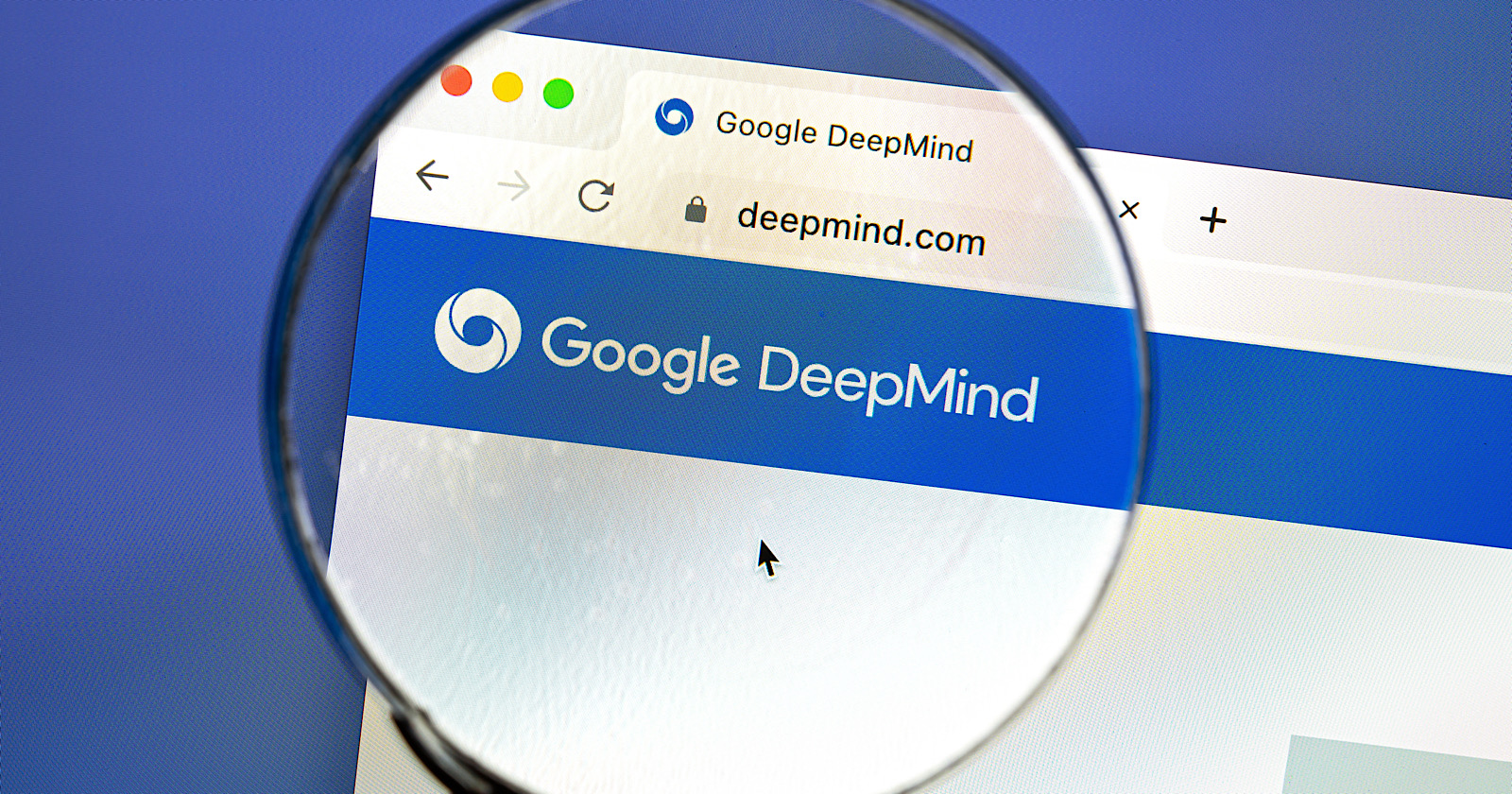Google DeepMind has commissioned 13 artists to create diverse and accessible art and imagery that aims to change the public’s perception of AI, countering the unrealistic and misleading stereotypes often used to represent the technology. The artwork visualizes key themes related to AI, such as artificial general intelligence, chip design, digital biology, large image models, language models, and the synergy between neuroscience and AI, and it is openly available for download.
DeepMind has introduced SynthID, a powerful tool that uses watermarking technology to address concerns surrounding AI-generated content, offering a robust defense against image manipulation but acknowledging the need for continuous innovation in the battle against generative AI deception.
The AI Insight Forum, led by Chuck Schumer, is set to discuss artificial intelligence regulations with tech industry giants, although it has faced criticism for its exclusion of common voices; meanwhile, Google's DeepMind has launched a beta version of SynthID, a watermarking tool for identifying synthetic content in generative AI.
Artificial intelligence (AI) image generation tools, such as Midjourney and DALL·E 2, have gained popularity for their ability to create photorealistic images, artwork, and sketches with just a few text prompts. Other image generators like DreamStudio, Dream by WOMBO, and Canva offer unique features and styles for generating a wide range of images. However, copyright issues surrounding AI-generated images have led to ongoing lawsuits.
AI-generated images in Copy Magazine reveal the uncanny perfection of fashion photography and serve as a warning to break free from repeating past styles, prompting questions about ethics and copyright in AI image generation.
The creator of an AI-generated artwork is unable to copyright it, as the US Copyright Office states that human authorship is necessary for copyright, which could have implications for the popularity of AI art generators.
Two different AI models, developed by the University of Bradford and Art Recognition, have produced conflicting opinions on whether a work known as the de Brécy Tondo is by the hand of Raphael, highlighting the challenges faced by AI in art authentication. While AI is seen as a valuable tool, experts believe that human judgement will always play a crucial role in the authentication of artworks. Additionally, the rise of AI-generated images raises concerns about the effectiveness of AI in identifying forgeries and assisting law enforcement.
Leading tech companies are working to integrate text-to-image generators into popular tools such as Microsoft Paint, Adobe Photoshop, YouTube, and ChatGPT, with a focus on implementing stronger safeguards against copyright infringement and troubling content to convince consumers, businesses, and regulators of their reliability and ethical use.
Microsoft's Bing search engine is receiving several AI improvements, including the integration of OpenAI's DALLE-E 3 model, the ability to provide more personalized answers based on prior chats, and the addition of invisible digital watermarks to AI-generated images for content authenticity. These enhancements aim to enhance user experiences and ensure responsible image generation.
